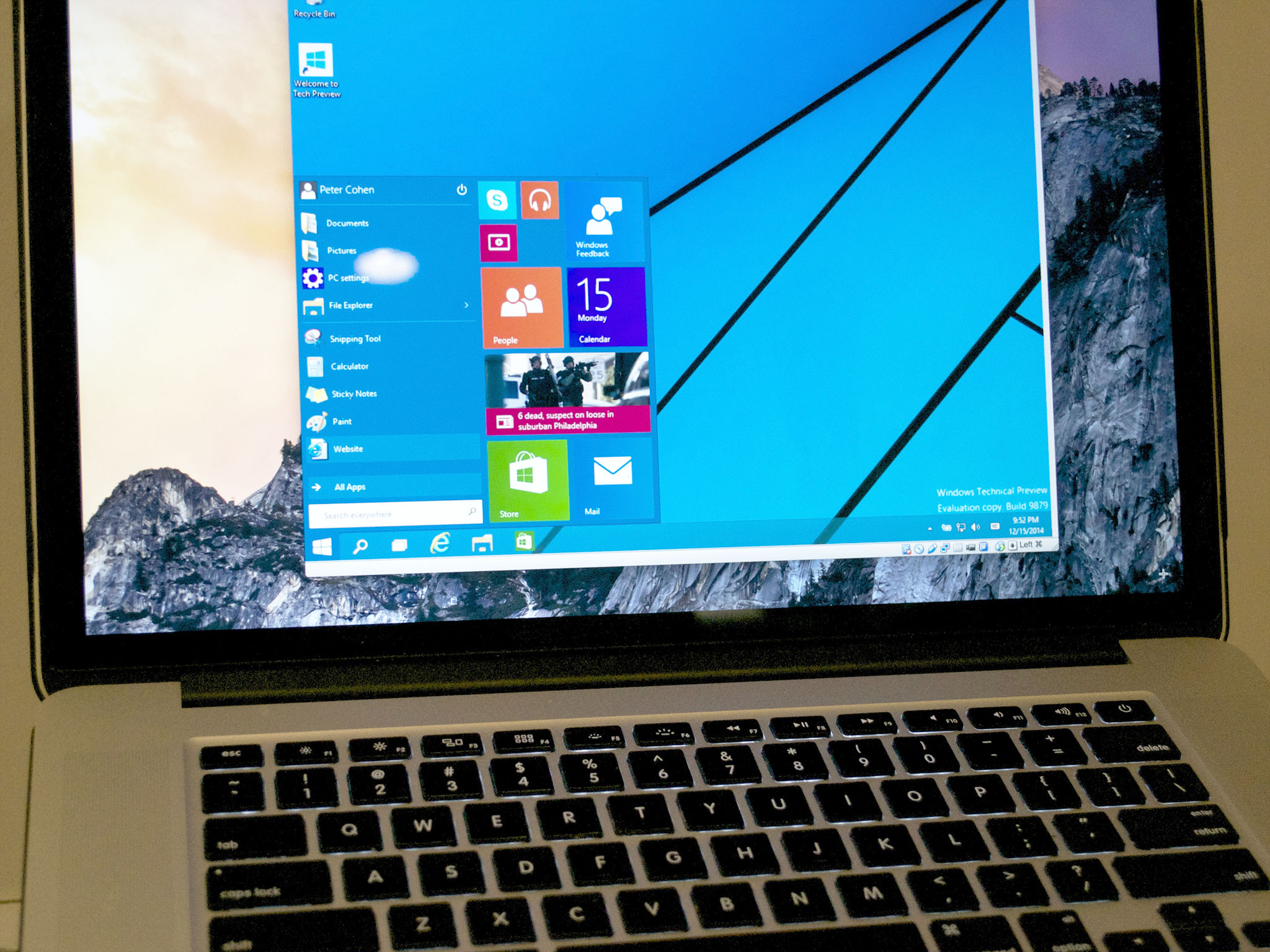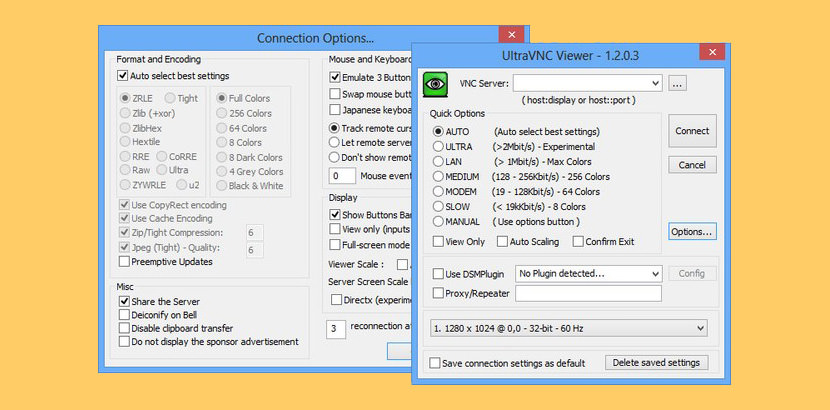Dec 12, 2019 Run Windows or Windows programs on your Mac. On a Mac, you have several options for installing software that allows you to run Windows and Windows applications: Run Windows and Windows applications locally: To dual-boot between macOS and Windows, use Apple's Boot Camp. This approach provides the most compatibility with Windows software. We all love Windows OS because of its user interface and most important windows software. There is no doubt in windows program is now available for Mac and Android. But still few software which you can use only in Windows Machine, And we want to get them on Android. Yes by mirroring Windows device to Android is possible to run Windows Programs. Jan 09, 2020 If you want to install Mac on PC, you have two basic options how to do it: you can either install the Mac OS X operating system directly on a drive or use a Mac emulator for Windows. The former option gives you the best performance you can get, while the latter option is a lot simpler.
Sometimes the lines between macOS and Windows 10 seem like a war zone of proponents from either side arguing about graphics, user interface, and program availability. But what if you just want the best of both worlds?
As many of us know, it’s the little things that make us wish we could switch back and forth between the two operating systems. Whether it’s that one program you need for work or your favorite video game that isn’t cross-platform compatible, it’s high time you find a way to be able to continue using your gorgeous MacBook Pro without making sacrifices around the edges.
Can I run Windows 10 on My MacBook Pro?
The short answer to this question is yes, you certainly can.
The longer version? To do so, you’re going to need to spend a fair amount of time setting this up and deciding which method of doing so is most effective for you.
Also, no option is going to be seamless – you will probably lose some performance power due to the way built-in optimization software works.
Is Windows 10 free for Mac?
Unfortunately, if you want to run Windows 10 on your Mac, you’ll need to purchase a license from Microsoft.
If you’ve used a PC in the past, you may not be familiar with this since Windows tends to come preinstalled. But in the same way, as if you were building your computer from the ground up or if you were updating an extremely outdated laptop, you’ll need to buy a copy of Windows 10.
This can be done electronically from the Microsoft Store here, where you’ll receive a product key and download, or you can choose to receive a copy via physical USB. Windows 10 Home starts at about $120, and the Pro version costs about $200. However, both are still cheaper than trying to buy an entirely new computer just to run a few of your favorite things.
Running Windows 10 on MacBook Pro
Once you have a copy of Windows 10 in your possession, it’s time to pick a method for installation. There are two main ways to do this: creating a partition on your Mac with the built-in Boot Camp program or using a third-party virtual machine that creates a tiny version of the Windows OS on top of the normal Mac system. We’ll guide you through both of these.
Method 1: Boot Camp
Bootcamp is preinstalled on your Mac, but most people use their MacBook without ever realizing it’s there. To find it, simply search in Spotlight for “Bootcamp”, and it should come up right away.
When you use BootCamp, your Mac’s hard drive will be split into two sections- one running Windows, and one running macOS. These means that they operate in completely separate spheres and cannot interact with each other. Additionally, the size of the partition you create cannot be changed unless you perform a fresh install to reset it.
Pros:
- Already built into Mac, so it’s the safest and easiest option to run Windows.
- You’ll experience the least performance loss.
- It will feel like you’re running a completely new computer.
Cons:
- Not that convenient because your MacBook must be rebooted to switch between Windows 10 and macOS.
- Partition size is semi-permanent, and cannot be resized without some considerable effort to re-install and repartition.
- Transferring files between the two systems is like transferring between two totally separate computers- you’ll need to share them by flash drive (see the best usb-c drive for MacBook Pro), email, or some other method that isn’t just drag-and-drop.
Using BootCamp
To use BootCamp, you’ll need to follow a few basic steps:
- Obtain a copy of Windows 10 (as previously mentioned)
- Make sure your entire MacBook is up to date by checking for any software updates
- Open BootCamp from Spotlight
- Partition your hard drive
- Install Windows & Windows Drivers
- Choose which OS to run and get started!
For a more detailed version of this overview, you’ll want to check out PCMag’s BootCamp walkthrough or head for the official Apple Guide.

Method 2: Virtual Machines
Can You Run Windows Software On A Mac Computer
If the idea of rebooting your computer to switch OS doesn’t appeal to you, a virtual machine is always an option. These are ideal in situations where you only need one program or don’t plan on doing many taxing operations on Windows.
In a virtual machine, Windows 10 runs inside an application so it’s like having another computer, but confined inside a single window on your screen. This means you can work in both Mac and Windows at the same time but may suffer a bit from performance issues.
Pros:

- It’s much more convenient than rebooting your computer to use Windows.
- You can change the size of the partition whenever you want.
- You can use files between operating systems easily.
Cons:
- You’ll need to buy a software license for your virtualization machine in addition to a copy of Windows.
- You may notice some drop in performance than if you dual-boot.
When it comes to virtual machines, you have a few options, each with their own benefits and drawbacks.
The most well-known programs are Parallels Desktop for Mac and VMWare Fusion, which provide almost identical functionality with a few minor differences (such as display resolution or Quick Look support) that won’t make or break your decision. They are priced at the same level for a single computer license and similar setup options. Fusion tends to outperform Parallels, but Parallels is a bit more user-friendly.
A third, lesser-known option is VirtualBox. This software is free, but it doesn’t come with the bells and whistles of its competitors. It doesn’t have the same optimization power or even offers a similar variety of setup options, and it tends to be on the techier side, making it difficult to use if you aren’t invested in learning how (you may be interested in this book: An Ultimate Guide Book on Virtualization with VirtualBox). But if you just need to try out virtualization, it’s a great place to start.
Using a Virtual Machine
To use a virtual machine, you’ll need to go through a similar amount of setup as Bootcamp, but the process varies more depending on which software you’ve chosen.
- Obtain a copy of Windows 10 (as mentioned above)
- Also, purchase a license for the software you have chosen
- Create a virtual machine. This process varies by program, but it’s the first thing you need to do before attempting to run any programs
- Install Windows to the Virtual Machine
If you’ve chosen to use Parallels, this guide includes images and should be sufficient to get through the installation process. For VMWare Fusion, their support page includes both a video and text-based tutorial for installation. Those who opt for VirtualBox can follow LifeHacker’s guide to setup since this program’s installation includes a plethora of personalization options you may not be sure what to do with.
Final Words
Running Windows on a MacBook Pro means you get to have your cake and eat it too. It’s a great compromise between systems that let you do the work you need to while sticking with the operating system you know best. While you may see some performance loss and it won’t be quite the same as having a computer completely dedicated to Windows, you do have a variety of options to work with what you’ve got.
How do you use Windows 10 on your Mac? Tell us about your experience by leaving a comment below.
Thanks to Apple software called Boot Camp, you can run both Windows (XP or Vista) and OS X on one Mac machine. Here’s how to install Boot Camp, which came with Leopard, so you can use both Windows and OS X, interchangeably.
Can I Install Windows On Mac
1Run Boot Camp Assistant (in the Utilities folder under Applications) to make sure that you have the latest firmware on your computer.
You can find any updates at the Apple Web site. Follow any on-screen instructions if you’re updating the firmware. If you’re using a portable computer, make sure to connect the power adapter.
2Create a partition for Windows XP or Vista.
This partition must be at least 5GB and can be as large as the total free disc space on hand minus 5GB. If you don’t plan on doing much in Windows, keep the XP or Vista partition small. If you plan on running graphics-heavy games and a lot of Windows programs, you might devote a larger amount to Windows. Drag the divider to set the partitions for both OS X and Windows. Or click Divide Equally to make equal partitions. Still another option: Click 32GB to devote that much to Windows.
Can You Run Windows Software On A Mac Free
3Insert the Windows CD. Click Start Installation.
If you exited Boot Camp Assistant before installing Windows, open it again, choose Start the Windows Installer, and click Continue.
4When asked to choose the Windows partition, select C: if you’re running Windows XP or select Disk 0 Partition 3 BOOTCAMP if you are running Vista.
This is important. Failure to do so could wipe out your entire Mac OS X startup disk.
5Format the partition.
For Windows XP, format the partition in either the NTFS file system or FAT. FAT provides better compatibility between the two operating systems but is available only if the partition you created for Windows is 32GB or smaller; NTFS is more reliable and secure, but you won’t be able to save files to Windows from Mac OS X. For Vista, format the partition using NTFS. Click Drive Options (Advanced), click Format, and then click OK. Click Next.
Can Macs Run Windows 10
6After Windows is installed, eject the Windows disc.
You can do so by going to My Computer, selecting the optical drive (D:), and clicking Eject This Disk in the Systems Task list.
7Insert the Leopard installation disc and follow the on-screen instructions.
You’re loading Boot Camp drivers so that Windows recognizes AirPort, Bluetooth, the iSight camera, the Eject key on the Mac keyboard, networking, audio, graphics, and so on. A Boot Camp control panel for Windows and an Apple Boot Camp system tray item will be added.
8When you see the message that the software “has not passed Windows Logo testing,” click Continue Anyway.
Don’t cancel any driver installers. The computer will restart.
9Follow any Found New Hardware instructions.
As with any new Windows computer, Microsoft requires that you activate your XP or Vista software within 30 days.